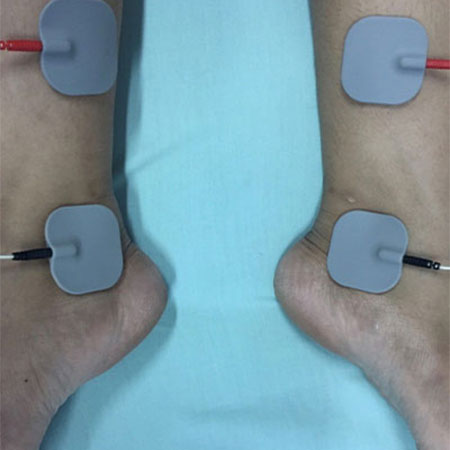Advanced Urodynamics for Neurogenic Urinary Bladder & Spinal Cord Injury patients
Neurogenic bladder can be defined as what happens when the connection between the nervous system and bladder function is disturbed by injury or illness. Symptoms of neurogenic bladder range from detrusor underactivity to overactivity, contingent upon the site of neurologic affront. The urinary sphincter likewise might be impacted, resulting in sphincter underactivity or overactivity and loss of sphincter coordination with bladder function.
Urodynamics (UDs) is the accepted gold standard for the assessment of neurogenic bladder in patients with traumatic spinal cord injury (SCI) to recognize subclinical issues like detrusor dysreflexia, that can't be detected by clinical assessment alone. Consult Dr. Jaspreet Singh Sandhu for urology treatment in Abu Dhabi
Why would I require Urodynamics?
Urodynamics testing estimates how well the bladder, sphincters, and urethra store and release the pee. Most urodynamics testing center around the bladder's capacity to hold urine and empty it completely and gradually. These tests assist with diagnosing patients who have lower urinary tract symptoms, like:
- urine leakage (incontinence
- difficulty in urinating
- painful in urinating
- abrupt and strong urge to pee (overactive bladder)
- issues starting a pee stream
- issues emptying the bladder totally
- recurring urinary tract infections

URO dynamics tests
Depending upon your primary diagnosis, your doctor might suggest at least one of these urodynamic tests:
- uroflowmetry
- postvoid residual estimation
- cystometric test
- leak point pressure measurement
- pressure flow study
- electromyography
- video urodynamic tests
